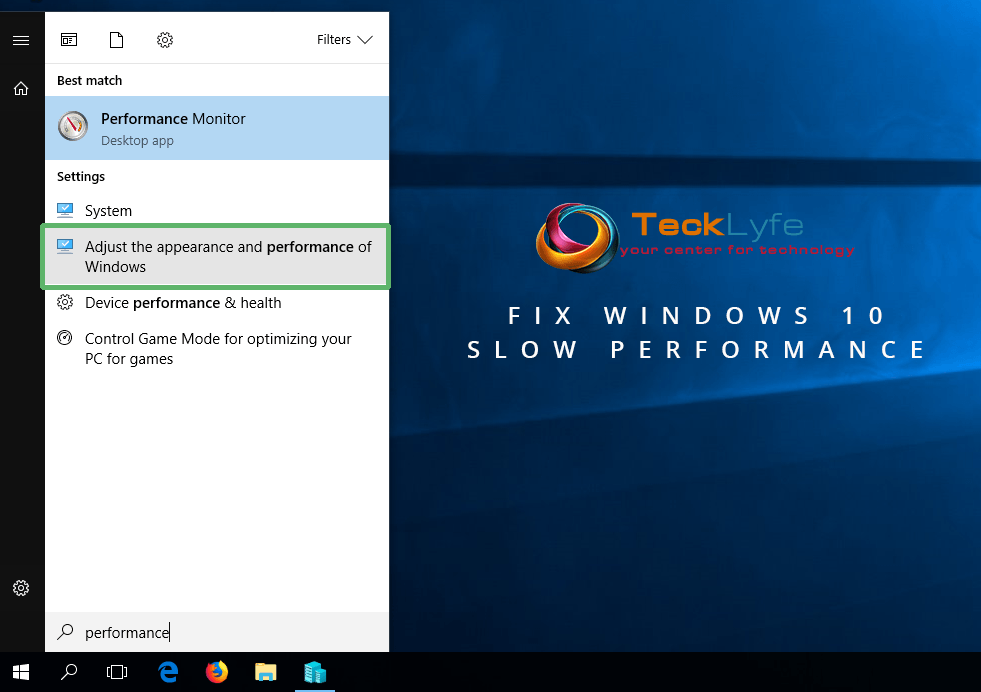
- Hi, my laptop has been very slow after the windows 10 update. I believe it has something to do with the drivers, but I cant find any drivers that are newer then the one I currently have. My specs are: Intel Core i5-4210U, 8 GB Of RAM, 500 GB 5400 RPM HDD, Intel HD Graphics 4400, And I am using a Dell Inspiron 13 7347.
- One the best ways to get the most of your PC is to make sure you have the latest version of Windows 10 installed. When you check for updates, your PC will also search for the latest device drivers, which can also help improve your PC’s performance.
Oct 8, 2018 - A case in point is the most recent Windows 10 October 2018 Update. Each PC differs in both the hardware and software installed on the. The October 2018 Update demonstrates Microsoft needs to slow the pace of change.
Windows 10 is a big, complicated OS that is constantly being tweaked. While some updates are small and you might not even notice them installing, others are massive and take a good chunk of time to install. The amount of time it takes can be affected by multiple factors.If you're working with a low-speed internet connection, downloading a gigabyte or two — especially over a wireless connection — can take hours alone. Since you'll often be thrown into an update without any idea of what it consists of, watching the blue screen for hours might make you think something's gone terribly wrong. Likewise, if Microsoft's servers are getting slammed with people all trying to download at the same time, speed can be further affected.So, you're enjoying fiber internet and your update is still taking forever.

Does your PC have an crammed almost to bursting with data? When was the last time you de-fragmented that bad boy? Some updates need to cover a lot of ground, and a slow drive with files everywhere won't help. Backing up your data and reformatting is never a bad idea, but the least you can do is give that old drive some new life with a defrag.Windows Update components might be broken. A slow internet connection or a cluttered hard drive are not the only potential problems to do with Windows Update. When pitchforks and torches are grabbed and walked over to Microsoft's own, a moderator will usually direct the angered crowd to the Windows Update Troubleshooter tool.Because Windows Update is its own little program, components within can break and throw the entire process off of its natural course.
Running this tool might be able to fix those broken components, resulting in a faster update the next time around.If you run this tool and find that it makes no difference, you can always run through Microsoft's step-by-step Windows Update support page. You answer a bunch of questions and you receive potential fixes along the way.Software might be conflicting with Windows UpdateThird-party applications, services, and drivers that start when Windows starts can cause software conflicts when trying to update Windows. If you're using a fast, wired internet connection and have a speedy solid-state drive (SSD) in your PC and are still having an issue with an update taking a considerable amount of time, you can try performing a clean boot of Windows 10 before attempting to update. Right-click the Start button.Click Search. Type msconfig and hit Enter on your keyboard.Click Services. Click the checkbox next to Hide all Microsoft services.Click Disable all.
Windows 10 Update Slowed Down My Computer
Click Startup.Click Open Task Manager. Click any startup program you suspect might be interfering.Click Disable. Repeat steps 9 and 10 for all startup programs. Click the X to close Task Manager.
Click OK in the System Configuration window.Restart your PC.Once your PC restarts, try installing the Windows 10 update again. To enable startup items again, follow the same steps but click Enable all in step 6 and Enable in step 10.
Set a scheduled update time.